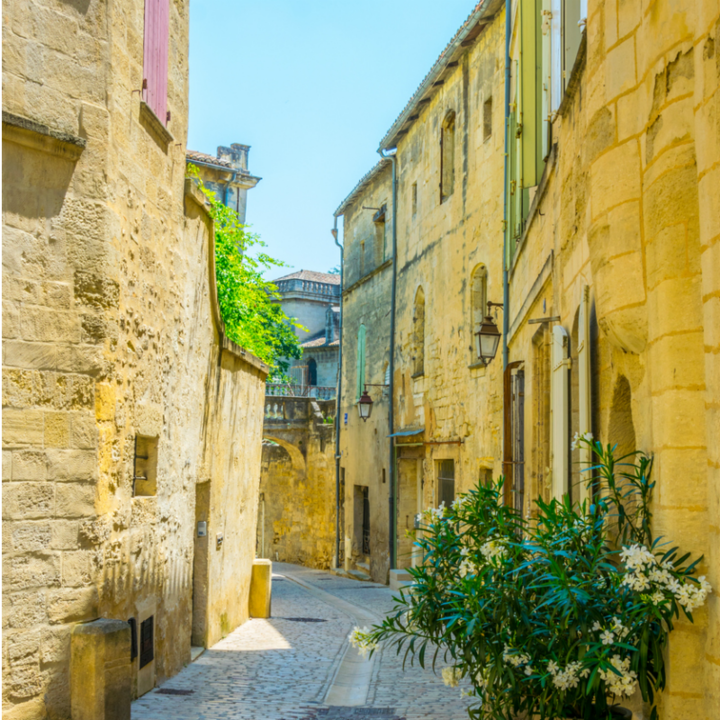Languedoc is served by five regional airports: Nîmes, Montpellier, Carcassonne, Perpignan and Béziers. Several airlines connect the region with the UK: Ryanair serves all five from a number of UK airports; Flybe runs to Perpignan from Southampton; Bmibaby flies to Perpignan from Manchester; and easyJet flies to Montpellier's Méditerranée airport from Luton and Gatwick. Airport shuttle buses depart from outside the airport terminal on the hour every hour to Montpellier (bus #120) and around.
Alternatively, you could catch the train from Paris Gare du Lyon, reaching both Nîmes and Montpellier in just over three hours. Béziers is accessible by train in just over four hours, with Narbonne and Perpignan slightly longer. Eurostar also connects London St Pancras and stations in Hérault from £109.
In the summer, from 10 July to 11 September, direct trains run between St Pancras and Avignon-Centre, with easy connections to Languedoc-Roussillon.
If you’re travelling by car, the A9 motorway runs from the northeast to the southwest of the region. If you're arriving from the Channel ports, however, the A75 motorway runs through the Massif Central; drive through Dieppe and Le Havre to avoid the heavy traffic around Paris.
Getting around by train and bus
A good rail network connects the main cities and towns of Languedoc-Roussillon, supplemented with dozens of bus routes. If you’re heading to the more remote sites, a car may be a more convenient alternative.
By car
We recommend hiring a car to easily get around the region, taking in the more remote Cathar castles and national parks. The A9 motorway runs from the northeast to the southwest of Languedoc-Roussillon, with quick and easy access to the coast.
If you’re staying in the capital, Montpellier not only has an extensive tram and bus network, but it also has over 75 miles of cycle paths – many leading to the seaside. You can rent bikes in one spot and leave them in another through Vélomagg, which has 56 stations across the city.




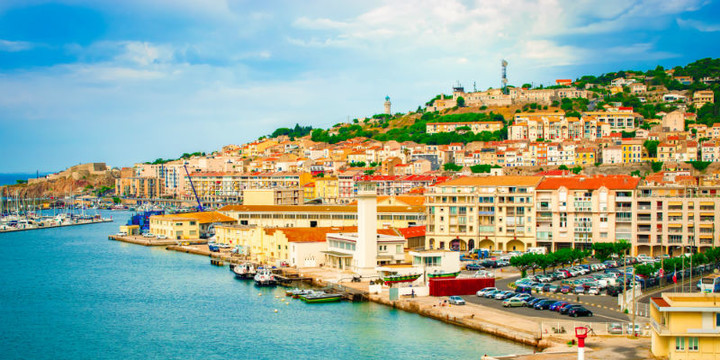
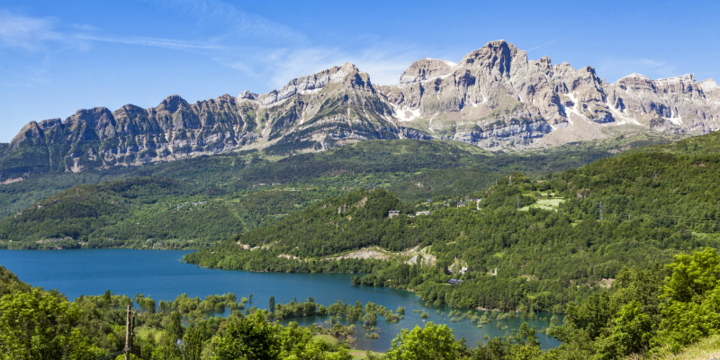 The Pyrenees
The Pyrenees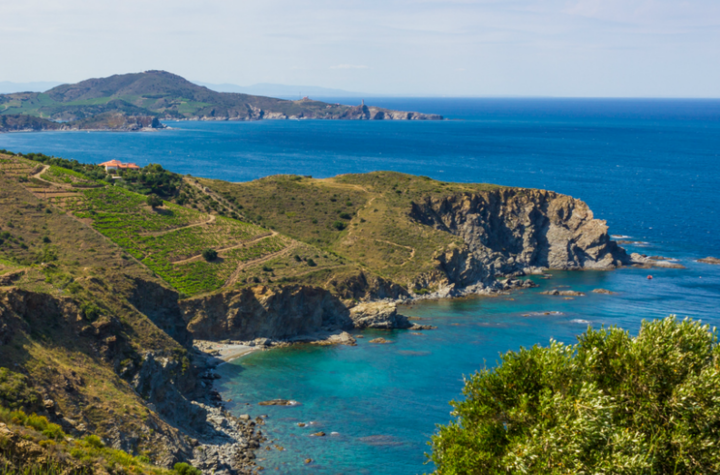






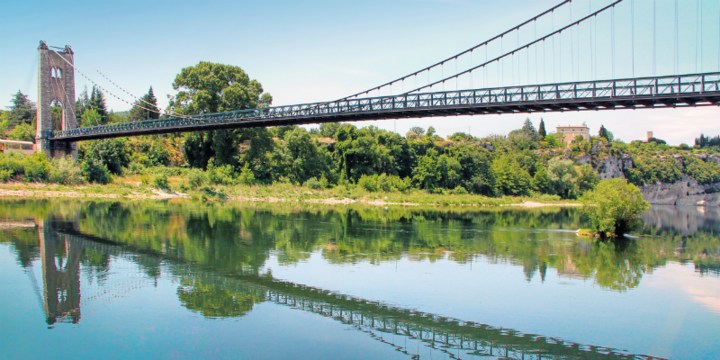 River Ardèche, Cévennes
River Ardèche, Cévennes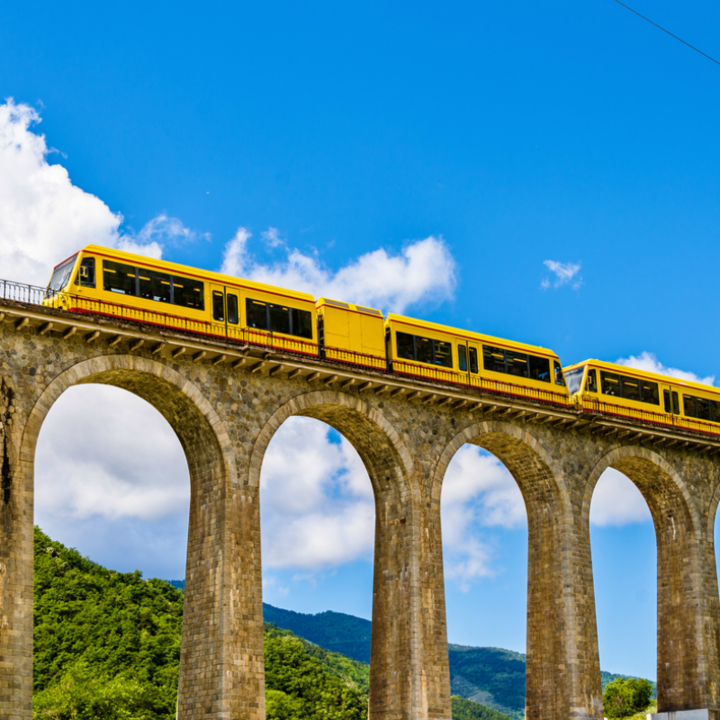 Petit Train Jaune
Petit Train Jaune 